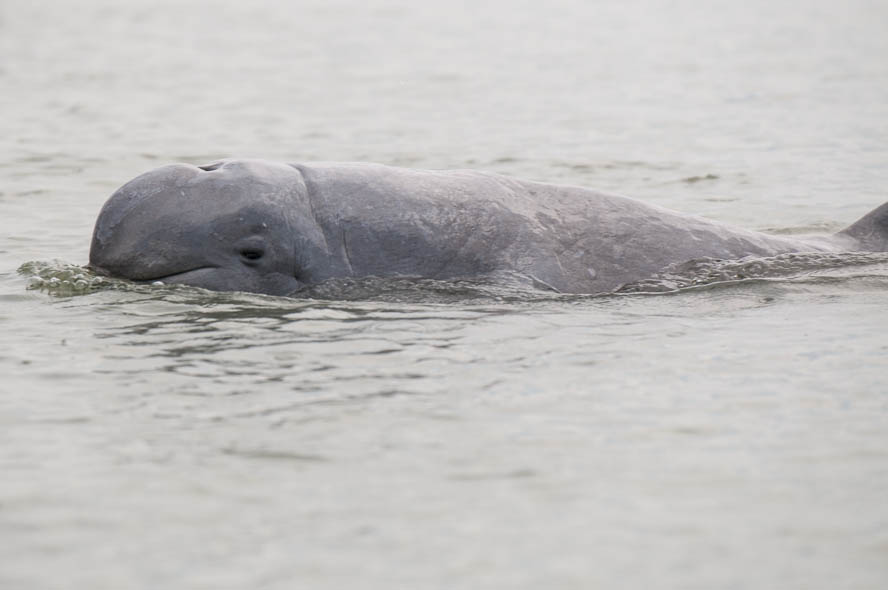Irrawaddy dolphins seek Unesco listing

Irrawaddy dolphins seek Unesco listing
The Cambodian Ministry for the Environment is compiling the data to get the Irrawaddy dolphin, or at least the places it inhabits, added to the Unesco World Natural Heritage list. According to a 2015 survey the dolphin population, which once numbered in their thousands, had been reduced to just 80. From the 1970s onwards, through the decades of instability, the dolphin were hunted for food or were caught up in indiscriminate net, and dynamite fishing so that by the end of the nineties there were fewer than a hundred left.
This prompted the Cambodian government to join forces with the World Wildlife Fund (WWF) to implement measures cracking down on illegal fishing practices and to protect the dolphins. The government also began to promote them as a flagship species and tourist attraction. Then, in 2018, a new survey showed that the population had increased to 92.
The ministry has earmarked four areas for possible inclusion on the list; Prek Kampi Dolphin Conservation Area, Prek Prasob Wildlife Sanctuary, Phnom Tbeng Natural Heritage Site and Tmat Boey Natural Tourism Community. Environment ministry spokesman Neth Pheaktra said once the documentation is complete and submitted to Unesco, he hopes it will help protect and conserve dolphin areas and attract both local and international tourists.
Feature: Climbing Mt Kinabalu via the old Mesilau Trail
The Irrawaddy dolphin or Mekong dolphin is on the International Union for Conservation of Nature (IUCN) Red List of Threatened Species. It survives in three major river systems and two lakes. These are the Mekong River in Cambodia, the Mhakam River in Indonesia, the Ayeyawaddy (Irrawaddy) River in Myanmar, the Sungkla River in Thailand and the Chilika Lake in India.
Pheaktra claims at Cambodia has the world’s largest populations of the Irrawaddy dolphins with 92 while Indonesia and Myanmar each boast around 60.
Photo: Irrawaddy dolphin by Stefan Brending via Wikimedia Creative Commons